Key Differences Between Amazon DSP and Sponsored Display Ads: A Detailed Guide
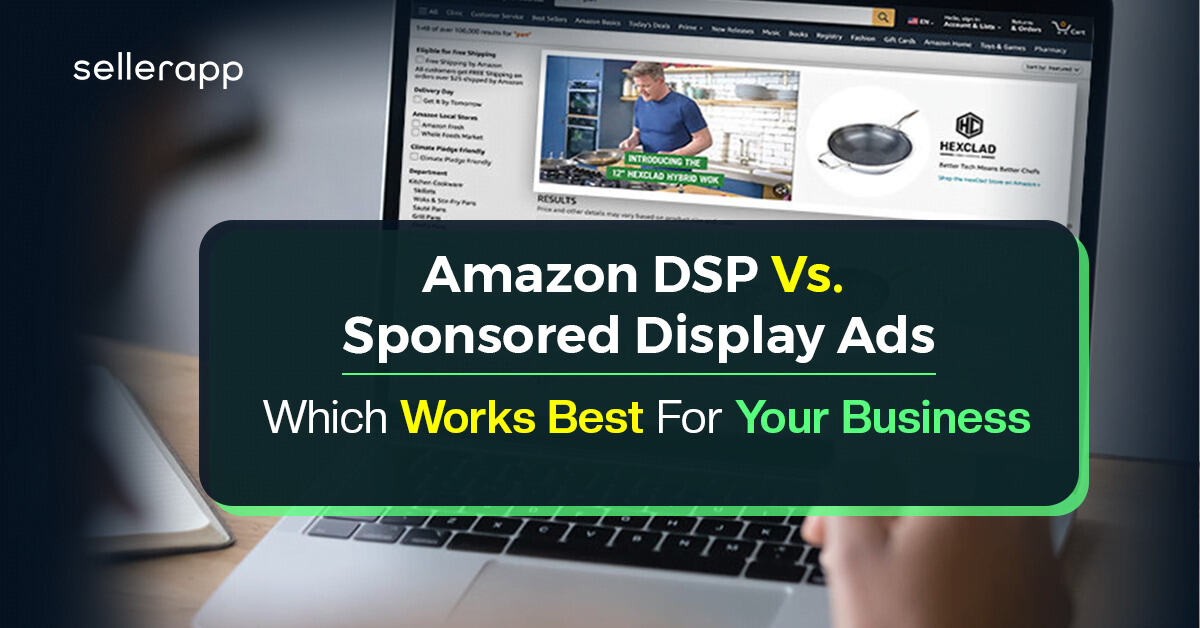
Amazon provides two prominent display advertising options to reach customers on and off Amazon:
- Sponsored Display
- Amazon DSP ads
Both of these ad types work well with third-party platforms like Fire TV, Kindle, and various other applications, helping sellers gain more visibility, increase brand awareness, and stay ahead of the competition.
Along with the similarities, both ad types have some core differences that make them a good choice for different businesses.
Understanding these key differences will help you choose the right option for your business and optimize your advertising strategy.
This blog will tell you everything you need to know about the differences between Amazon DSP vs. Sponsored Display ads and guide you to choose the right advertising option for your business.
Let’s jump into it!
Here is a quick peek into the article:
- What are Amazon Sponsored Display Ads?
- Pros and cons of Sponsored Display Ads
- What is Amazon DSP?
- Pros and cons of Amazon DSP
- Differences between Amazon Sponsored Display Ads vs DSP Ads
- Sponsored Display Ads vs DSP: What is the best for your brand?
- Final Thoughts
What are Amazon Sponsored Display Ads?
Amazon Sponsored Display ads are a self-service display advertising solution offered by Amazon to help businesses grow their brand and reach customers throughout their purchase journey, both on and off Amazon.
With Sponsored Display ads, brand-registered sellers can retarget customers who have previously viewed their listing within the past 30 days.
With Sponsored Display ads, you can also target similar products or categories and even customize targeting based on customers’ interests and previous shopping behaviours.
These ads can appear on various platforms, including Amazon product detail pages on Desktop and mobile, customer review pages, and third-party websites and apps, including Twitch, ESPN, and BuzzFeed.
Note: Recently, Amazon launched Sponsored Display ads (beta) for brands that don’t sell on Amazon. Now, businesses that don’t sell products on Amazon can also use audience insights and unique ad inventory to run Sponsored Display campaigns and grow their business.
What Are The Pros & Cons of Sponsored Display Ads
Even with so many benefits of sponsored display ads, it also has some disadvantages. Here is a list of the pros and cons of Amazon Sponsored Display ads.
Pros of Sponsored Display Ads
- No Minimum Budget: Sponsored Display ads allow businesses of all sizes, including smaller and emerging ones, to start advertising without any minimum budget restrictions.
- Easy to Set Up: Setting up Sponsored Display ads is easy, particularly if you are already familiar with other ad types within the Amazon Advertising Console.
- Visible In Advertising Console: You can edit, launch, and monitor Sponsored Display ads directly within the Advertising Console. This centralized management eliminates the need for multiple log-ins and simplifies the process of managing your ads.
- Easy to Manage: Adjusting your ads’ budgets, bids, and other elements is easy within the Advertising Console.
- CPC Model: Sponsored Display operates on a cost-per-click (CPC) model, similar to other Amazon ad campaigns like Sponsored Products and Sponsored Brands. This familiarity and consistency allow for easy cost and performance comparisons with your other campaigns.
- Support for Newer/Lower Volume Products: Sponsored Display Ads can effectively promote products that are not yet well-established on the Amazon marketplace. This means that even products with lower ratings, review counts, and sales can benefit from this ad type.
Cons of Sponsored Display Ads
- Limited Retargeting Audience: Sponsored Display Ads don’t have as many retargeting audience options available as with Amazon DSP.
- No Way to Add Negative Audience: It is not possible to exclude audiences from targeting with Sponsored Display Ads. This lack of control limits the precision of your ad campaigns.
- Only One Bid Option Available: You can only set one bid for your sponsored display campaigns. There’s no way to set minimum or maximum bids or set up different bids for different placement options. This limitation restricts the level of optimization you can achieve from Sponsored Display ads.
- Limited Creative Options: Unlike DSP, Sponsored Display Ads offer limited customization options. You can still add custom images and ad copy in the Sponsored Display ads but can not customize the entire ad.
- Less Reporting Options: With only six available reports in the ad console, Sponsored Display lacks the same level of detailed information on ad placements and performance by placement, which is offered by Sponsored Product ads and DSP.
- Lack of Ability to Target Competitors’ Listings: Sponsored Display ads don’t allow sellers to target competitors’ listings directly. It limits the ability to reach a specific audience and steal customers from competitors.
| Pros | Cons |
|---|---|
| No Minimum Budget | Limited Retargeting Audience |
| Easy to Set Up | Inability to Negate Audiences |
| Visible In Advertising Console | One Optimization Lever |
| Easy to Manage | Limited Creative Options |
| CPC Model | Less Robust Reporting Opportunities |
| Easy to Support Newer/Lower Volume Products | Can’t Target Specific Competitors' Listings |
| Lack of Transparency in Ad Placements |
What is Amazon DSP?
Amazon DSP (Demand-Side Platform) is a powerful media buying tool that allows sellers to purchase various ads, including display, video, audio, and in-app ads, both on and off Amazon’s platform.
It allows brands to reach their desired audience through precise targeting.
For example, suppose you’re trying to target customers in Los Angeles. In that case, you can create campaigns within Amazon DSP to bid whenever a shopper from Los Angeles is detected within the DPS-enabled websites.
When a shopper visits the website, it detects the shopper’s location through the IP address and triggers the Amazon DSP campaign. In less than a second, Amazon DSP runs the ad auction, and if you bid the highest, the platform shows your ads to the shoppers.
Amazon DSP has an extensive reach across various platforms. DSP ads can be shown on Amazon’s search results, product recommendations, and product details pages. They can also be displayed on Amazon-owned websites such as Zappos and IMDB, among others.
This wide network of placements increases the visibility and potential reach of your brand’s ads.
Amazon DSP also offers different ad formats to cater to different advertisement needs. Such as,
- Banner Ads for Mobile
- Display Ads on Desktop
- Mobile Ads with Interstitials
- Text and Image Ads
- Video Ads in the Stream
- Mobile Ads with Interstitials
Video ads allow you to showcase your product to a vast audience on streaming platforms like Amazon Prime, Fire TV, and Twitch.
These video ads have a broad reach, potentially reaching up to 135 million viewers. Even studies have also shown a significant increase in purchase rates for brands that include streaming ads in their campaigns.
Audio ads are another compelling option available through Amazon DSP. Brands can deliver 10-30 second audio ads to users streaming music or podcasts through Alexa-enabled smart speakers. It allows brands to reach audiences who may not be actively engaged with screens, expanding the reach and effectiveness of your advertising campaigns.
Recommended read: How can you effectively analyze Amazon Data over time?
What Are The Pros & Cons of Amazon DSP
Here are some of the pros and cons of Amazon DSP:
Pros of Amazon DSP:
- Custom Audiences: With Amazon DSP, you have access to multiple audience targeting options such as viewers, purchasers, etc. Additionally, it provides a longer and customizable look-back window (up to 90 to 365 days), allowing for more precise targeting.
- Custom Creative: DSP provides more creative control compared to Sponsored Display ads. You can deploy custom creative with a wider range of options, providing more personalized and engaging ad content.
- Ability to Advertise to a Pixel Audience: DSP allows you to target an audience captured via pixel, which means you can retarget Amazon visitors who have previously interacted with your website. This feature enables you to leverage web traffic to your direct-to-consumer (DTC) site and drive conversions on Amazon.
- Drive traffic to Another Site: Unlike Sponsored Display ads, which primarily direct traffic to products and pages within the Amazon shopping site, DSP gives you the option to leverage Amazon audiences and ad technology to drive traffic to another site like your DTC website. This flexibility can be valuable for brands looking to expand their online presence beyond Amazon.
- Multiple Optimization Levers: DSP offers multiple optimization levers, allowing you to fine-tune your campaigns for better performance. You can adjust parameters such as the base supply bid, max supply bid, and maximum ad frequency to optimize your ad delivery and reach the desired target audience.
- Ability to track ASINs: DSP provides the ability to track purchases of specific ASINs. This feature offers deeper insights into consumer behaviour and helps you understand which products are driving conversions.
Cons of Amazon DSP:
- High Budget Investment: Getting started with DSP requires a significant budget investment. This can be a drawback, particularly for smaller brands with limited financial resources. However, working with an Amazon DSP Agency like SellerApp can provide flexibility in managing and optimizing DSP ads within your budget constraints.
- Complex to set up and manage: DSP can be challenging to set up initially and requires ongoing management. The user interface of DSP is complex, making it more difficult to create and manage DSP campaigns effectively.
- Separate DSP console: Unlike Sponsored Display, which can be managed within the Advertising Console, DSP requires logging in to a different console. This adds an extra step to your workflow and requires familiarity with the separate interface for managing DSP campaigns.
- Difficult to support products with lower traffic: DSP ads may not yield optimal results for products with lower traffic volumes. While running DSP campaigns for such products is not impossible, achieving a positive ROI can be challenging.
DSP is more suitable for brands with a well-established presence and higher Amazon marketplace traffic.
| Pros | Cons |
|---|---|
| Access to Multiple Audience Targeting | Ability to Track ASINs |
| Can add Custom Creatives | Complex to Set up and Manage |
| Ability to Advertise to a Pixel Audience | Separate DSP Console |
| Drive Traffic to Another Site | Difficult to Support Products With Lower Traffic |
| Multiple Optimization Levers | |
| Ability to Track ASINs |
Differences Between Amazon Sponsored Display Ads and DSP Ads
Amazon DSP and Sponsored Display ads both let brands reach a wider audience on multiple platforms.
But there are some essential distinctions between the two. Here are some of them:
Brand Eligibility
One of the biggest differences between DSP and Sponsored Display is that Sponsored Display ads may appear on and off Amazon, but all the traffic always leads back to your Amazon listings.
DSP, on the other hand, can send traffic to a product listing on Amazon or external DTC websites that are not associated with Amazon in any way.
It makes DSP one of the best ways for brands that do not sell on Amazon to reach Amazon’s audience.
Cost Variance
Another difference between DSP and Sponsored Display is their cost structure. DSP ads use a cost-per-mille (CPM) model, which means you pay for every 1,000 impressions of your ads.
Sponsored Display ads use a pay-per-click (PPC) model. Here the cost is calculated based on the average price you pay each time someone clicks your ads.
You can choose the cost structure you need depending on your goals, conversions, and brand awareness.
Minimum Investment
Amazon Sponsored Display ads have a low barrier to entry, with a minimum spend of $1 per day.
But, DSP ads require a higher investment to get all the benefits of enhanced reporting and advanced audience insights, with a minimum monthly spend of $10,000 for self-service or $50,000 for managed service.
Creative Control
Sponsored Display ads automatically generate banner ads that include a product image, pricing, deals, star ratings, and a “shop now” button.
The only element you can change here is the headline copy and brand logo.
Amazon DSP, on the other hand, lets you design your own creatives. You can either completely customize the ads or use Amazon creative templates to create display or video ads.
You can also choose where to place your ads on third-party websites, apps, streaming services, Fire TV, Kindle, and more.
Targeting Custom Audience
Amazon Sponsored Display ads allow you to target shoppers based on their interests, shopping behavior, or specific products or categories.
DSP ads give you more granular and diverse targeting options, such as demographics, lifestyle, purchase intent, remarketing, lookalike audiences, and more.
Recommended read: Types Of Data Available In Amazon Marketing Stream
DSP ads also allow you to create custom audiences based on Amazon’s data.
Brand Protection
In today’s e-commerce world, brand safety is most important. With automation and programmatic advertising, it’s possible that a brand ad may appear on websites, apps, or content that are not suitable for your brand image or reputation.
For example, you might want to avoid showing your ads on adult websites, violent or hate speech content, or questionable websites.
Amazon DSP ads offer brand protection tools that monitor everything from real-time bids to site reviews, traffic quality, and viewability to ensure your ads are shown in relevant places and block unwanted placements.
Sponsored Display ads don’t provide any brand protection like this.
Learning Curve
Sponsored Display ads are easier to configure from Amazon Advertising Console. It also offers features like automated bidding and targeting to optimize campaigns without manual intervention.
DSP, on the other hand, requires more advanced configuration and skills. The DSP interface is also complex and may require some getting used to before you start to create and manage DSP campaigns effectively.
You also need to understand programmatic advertising concepts and strategies to get the most out of DSP ads.
Snapshot of the differences between Amazon DSP and Sponsored Display Ads
| Sponsored Display Ads | Amazon DSP Ads | |
|---|---|---|
| Traffic Drived from | Amazon marketplaces, and Amazon partnered websites | Amazon, partnered websites and external websites |
| Cost Structure | Pay-per-click (PPC) | Cost-per-mille (CPM) |
| Minimum Investment | $1 per day | $10,000 (self-service) or $50,000 (managed service) per month |
| Creative Control | * Add a logo and headline. * Custom images. | * Responsive Creatives * Videos * Custom Images & Copy |
| Targeting Options | * Product Targeting Product (ASIN) Category * Audience Targeting Views remarketing (30 days) Demographics Interests In-Market Twitch | * Audiences Targeting Views remarketing (no limit on look-back) Contextual Demographic Device In-Market Inters Life Event Lifestyle * Prime Video * Streaming TV campaigns * Twitch (Beta) * DTC Websites |
| Brand Protection | No | Yes |
Sponsored Display Ads vs. Amazon DSP: What is the best for your brand?
Choosing the right advertising strategy can make or break your brand’s success on Amazon.
So, here are some things to consider before choosing an advertising strategy:
Understand your goal
First, understand your brand’s goal because it’s the essential factor that guides your ad strategy.
If your brand goal is to build brand awareness, reach a wider audience, and you don’t have many restrictions on budget – then Amazon DSP will be your best bet.
Alternatively, if your goal is to boost sales quickly – Sponsored Display ads can target and retarget shoppers on Amazon and get you faster results.
However, it’s better to use both approaches for maximum impact. Use Amazon DSP to raise brand awareness, draw in new customers on and off Amazon, and then use Sponsored Display ads to retarget and push them toward conversions.
Choose the right platform for your product category
While both Sponsored Display and DSP ads are great for different products, some may be more suited for one advertising method over the other.
For example, if you have a niche product with a specific target audience, Amazon DSP might be more helpful. It can reach potential customers outside of Amazon, introducing your brand to people who may not be actively searching for your products on Amazon.
Alternatively, if you sell a frequently bought product, like groceries or household items, Sponsored Display can work better. Since these products have a lot of competition on Amazon, using Sponsored Display retargeting ads will keep your brands in customers’ minds.
Final Thoughts
In the end, remember that there’s no one-size-fits-all strategy for everyone. Instead, you should understand what your brand wants to achieve, what your audiences want, and what your competitors are doing, and keep adjusting your strategies based on how your current campaign is performing.
This is where an expert Amazon DSP agency like SellerApp can help you.
Our experienced team of DSP experts has successfully assisted renowned brands like Coca-Cola and Phillips to build brand awareness and increase revenue through DSP campaigns.
Don’t miss out on this opportunity to skyrocket your brand’s success. Get started today and experience the difference with SellerApp!
Additional read:
What is Amazon Premium A+ content?
Key Differences: Etsy vs. Amazon
How does Amazon Marketing Cloud work?
How to optimize ads with AMC and Amazon Ad Server?




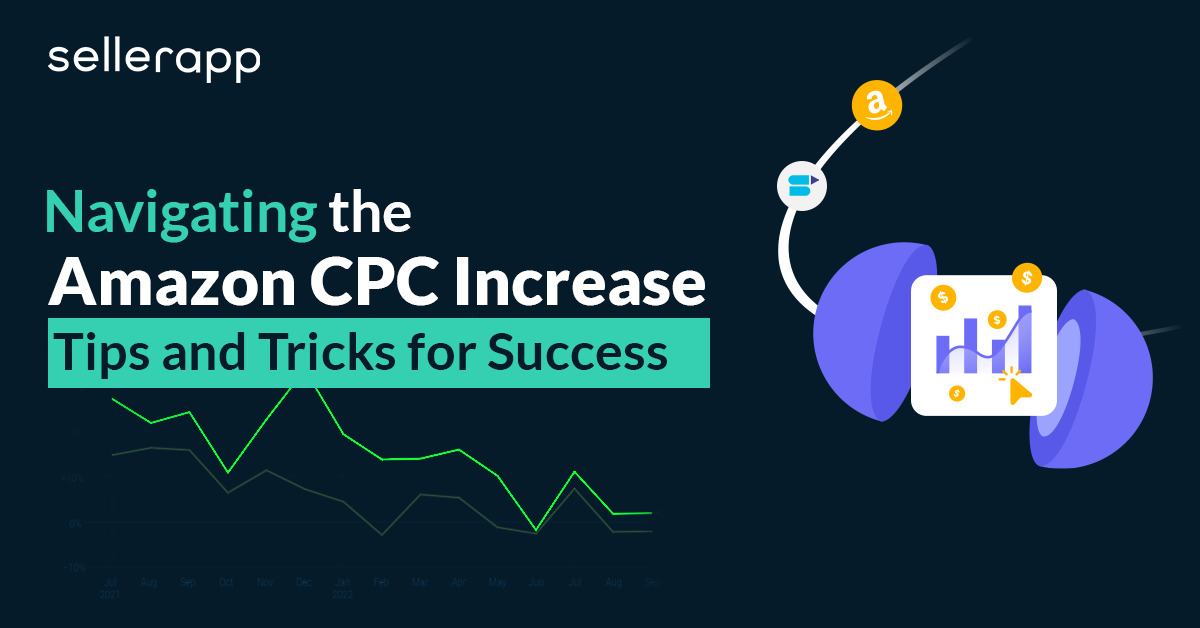
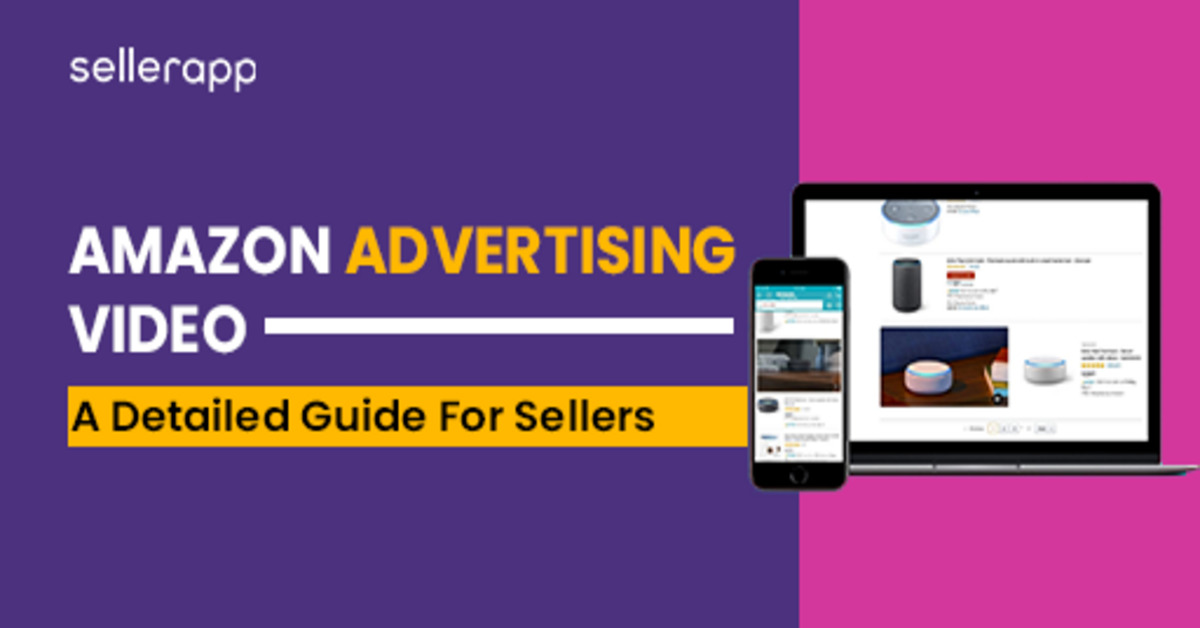
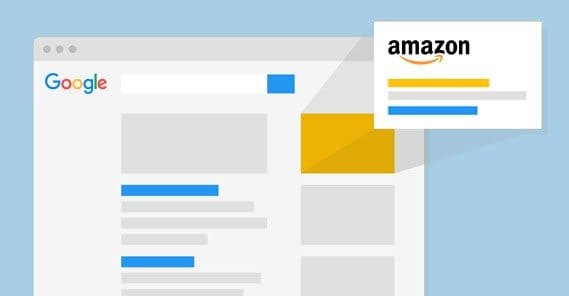

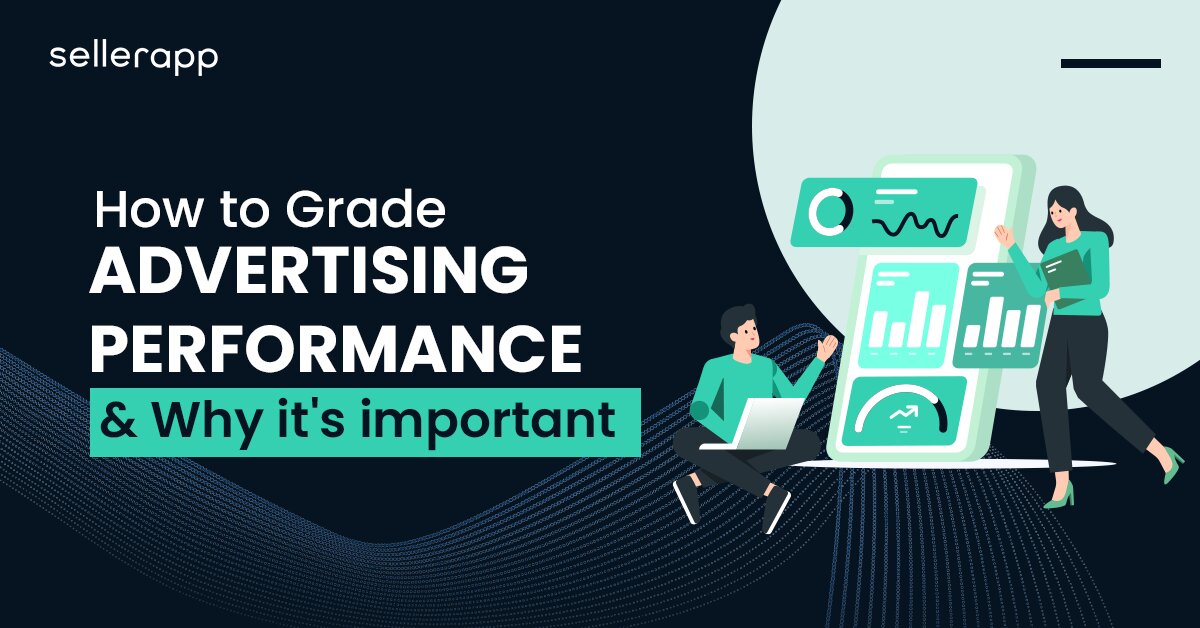
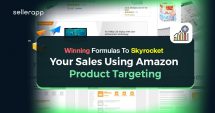
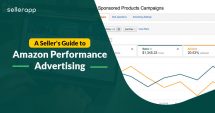
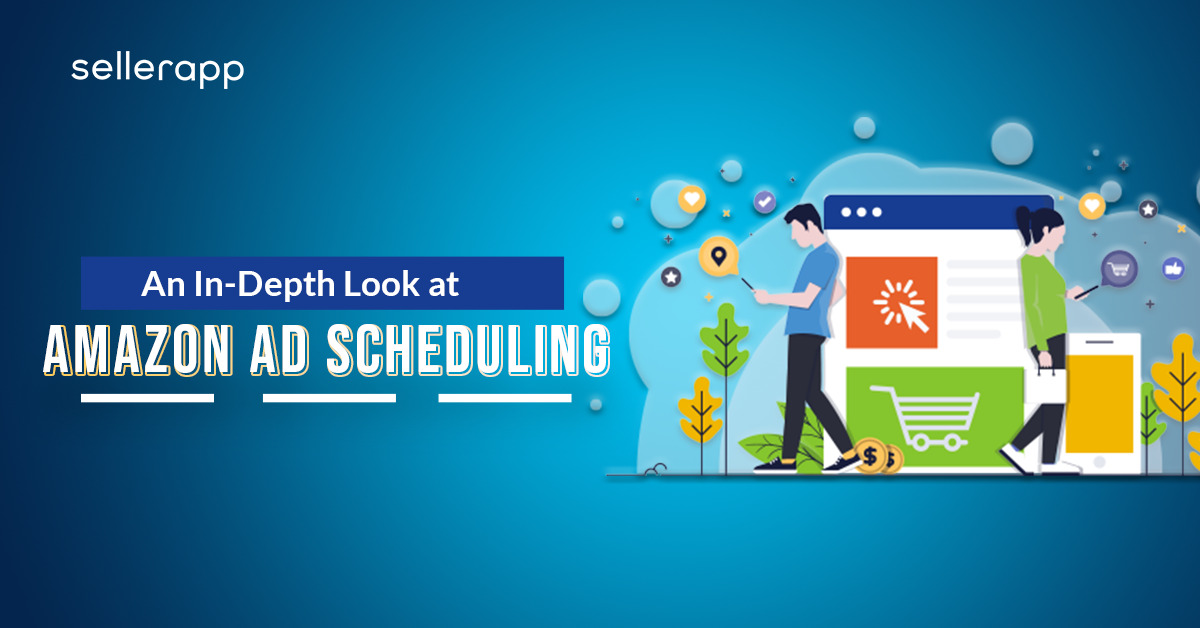
Brent
October 24, 2023Tons of valuable information. thanks a lot
Clare Thomas
March 13, 2024Glad you liked the article.
Cleomenes
November 26, 2023Excellent blog regarding Amazon ads!!
Clare Thomas
March 13, 2024Thank you.
Hannah Claire
April 6, 2024Very engaging, i Appreciate the details.
Clare Thomas
September 18, 2024Thanks for your feedback.
henrydouglas
June 16, 2024Learned a lot here.
Clare Thomas
September 18, 2024Glad to hear that the article is helpful.
Olivia Kate
June 17, 2024Very clear explanation.
Clare Thomas
September 18, 2024Thanks!
Logan Brooks
July 9, 2024Love your insights.
Clare Thomas
September 18, 2024Thank you.
Isaac Bennett
August 12, 2024Keep up the good work!
Clare Thomas
September 18, 2024Sure, keep following us.